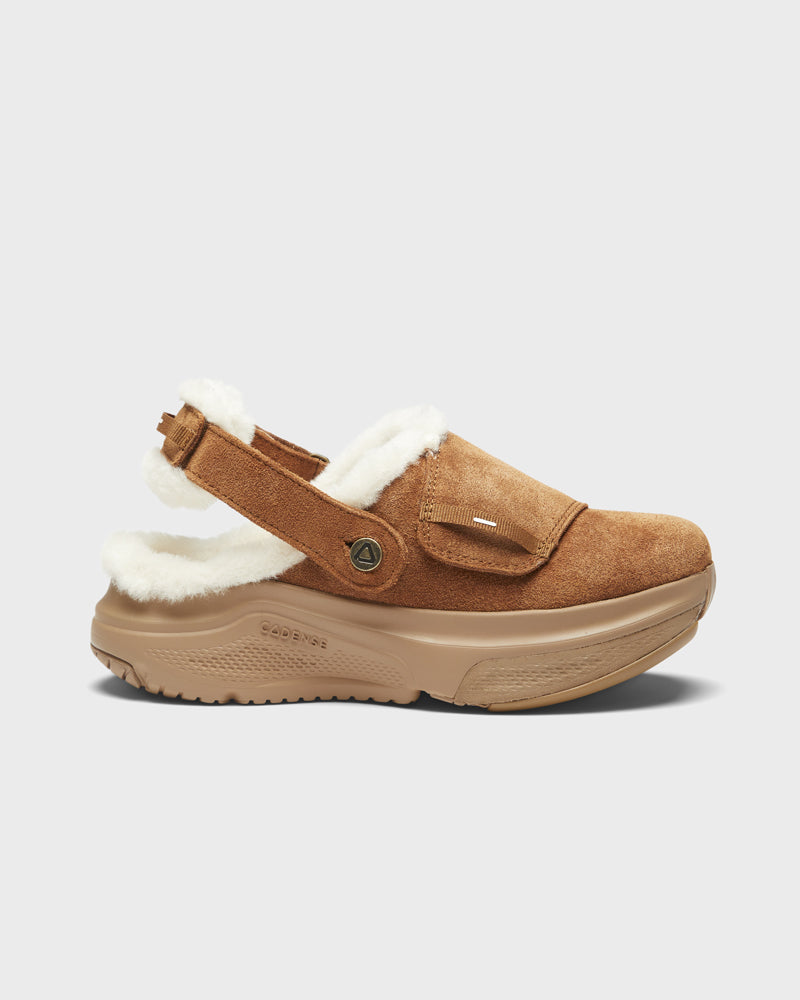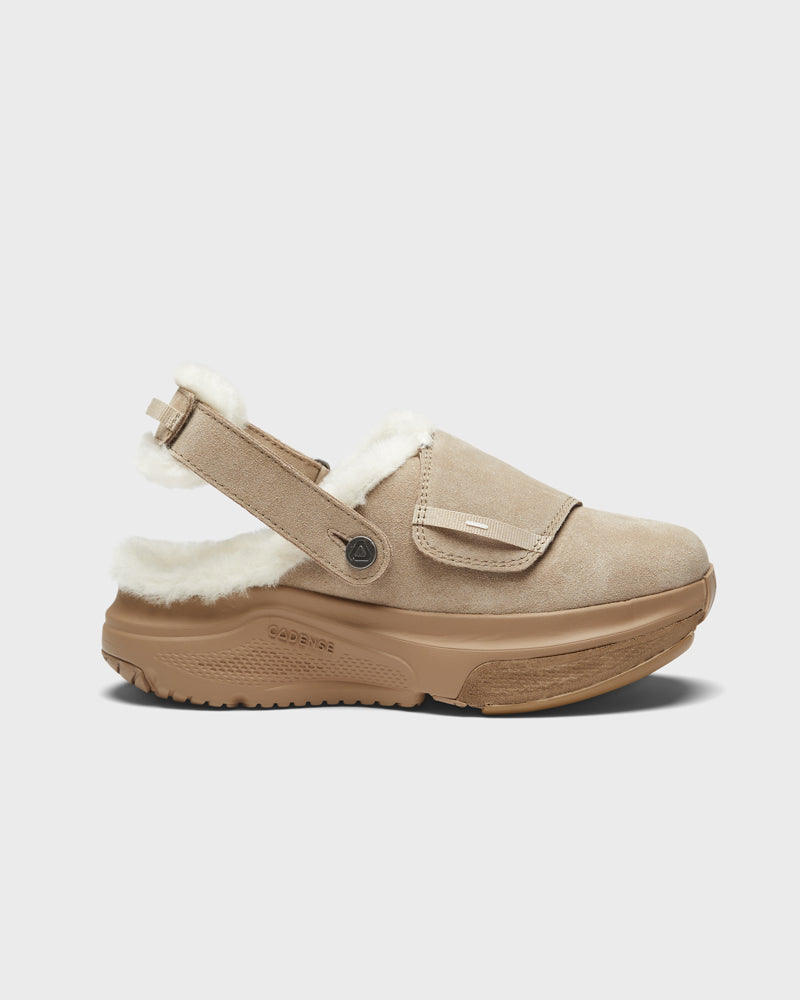Trainers for Foot Drop
Walk with more ease and confidence. Cadense foot drop trainers use patented Variable Friction Technology to glide when the forefoot drags and grip at push-off—supporting a smoother gait, better balance, and all-day comfort.
Why Choose Cadense Trainers for Foot Drop?
-
Patented Variable Friction Technology promotes steadier steps and fewer stumbles.
-
Lightweight design helps reduce fatigue and leg strain.
-
Supportive sole geometry aids ankle stability on uneven ground.
-
Wide toe box accommodates swelling and relaxed toe splay.
-
Adaptive fit with flexible lacing to fine-tune comfort.
Key Benefits
-
Smoother steps with less toe catching.
-
Improved balance over curbs, thresholds, and daily obstacles.
-
Cushioned, supportive feel for walking and standing.
Who It’s For?
People experiencing foot drop—whether related to neuropathy, stroke, MS, or Parkinson’s—who want footwear that supports safer, more confident walking.
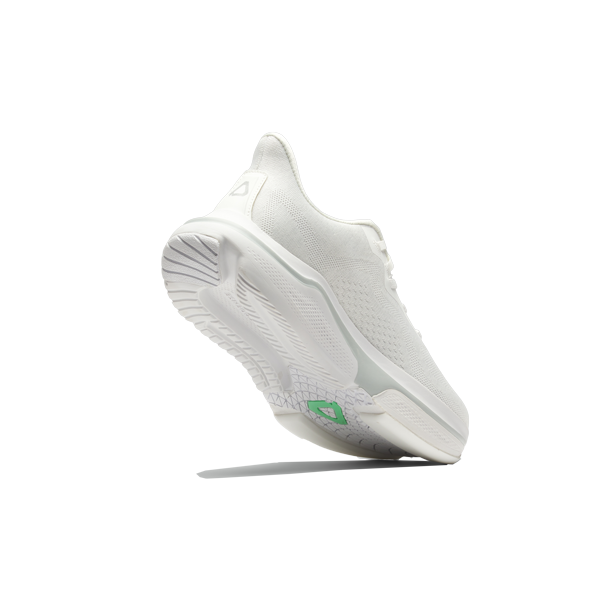
Sort by
9 products
Filters

What is Foot Drop?
Foot drop is a neuromuscular condition that affects a person’s ability to lift the front part of the foot. It is usually a symptom of an underlying issue rather than a condition in itself.
The disorder is characterised by difficulty or inability to raise the toes or point the foot upwards. This can lead to a distinctive style of walking where individuals lift their knee higher than usual — often described as a “steppage gait” — to prevent the foot from dragging on the ground.
Around 75% of people will experience foot-related problems at some point in their lives, and many are unfamiliar with the concept of foot drop.

Symptoms of Foot Drop
Common symptoms include a feeling of weakness in the foot or leg, numbness on the top of the foot and toes, and noticeable changes in walking pattern.
In some cases, individuals may hear a slapping sound as the foot hits the ground, caused by reduced control of the foot’s movement.
Tingling
Many people with foot drop experience numbness or tingling on the top of the foot and toes. This sensory change can lead to discomfort and reduced awareness of the foot’s position — which is crucial for maintaining balance and avoiding trips or falls.
Foot Slapping
A lack of control over the foot’s descent can create a distinctive slapping sound when walking. The foot may drag slightly during each step, making movement less smooth and increasing the risk of stumbling on uneven ground.
Unilateral or Bilateral Impact
Foot drop can affect one foot (unilateral) or both feet (bilateral). When only one foot is affected, the stronger leg often compensates — which can lead to imbalance or overuse strain.
Bilateral foot drop poses a greater challenge, significantly impacting mobility and requiring more comprehensive management.
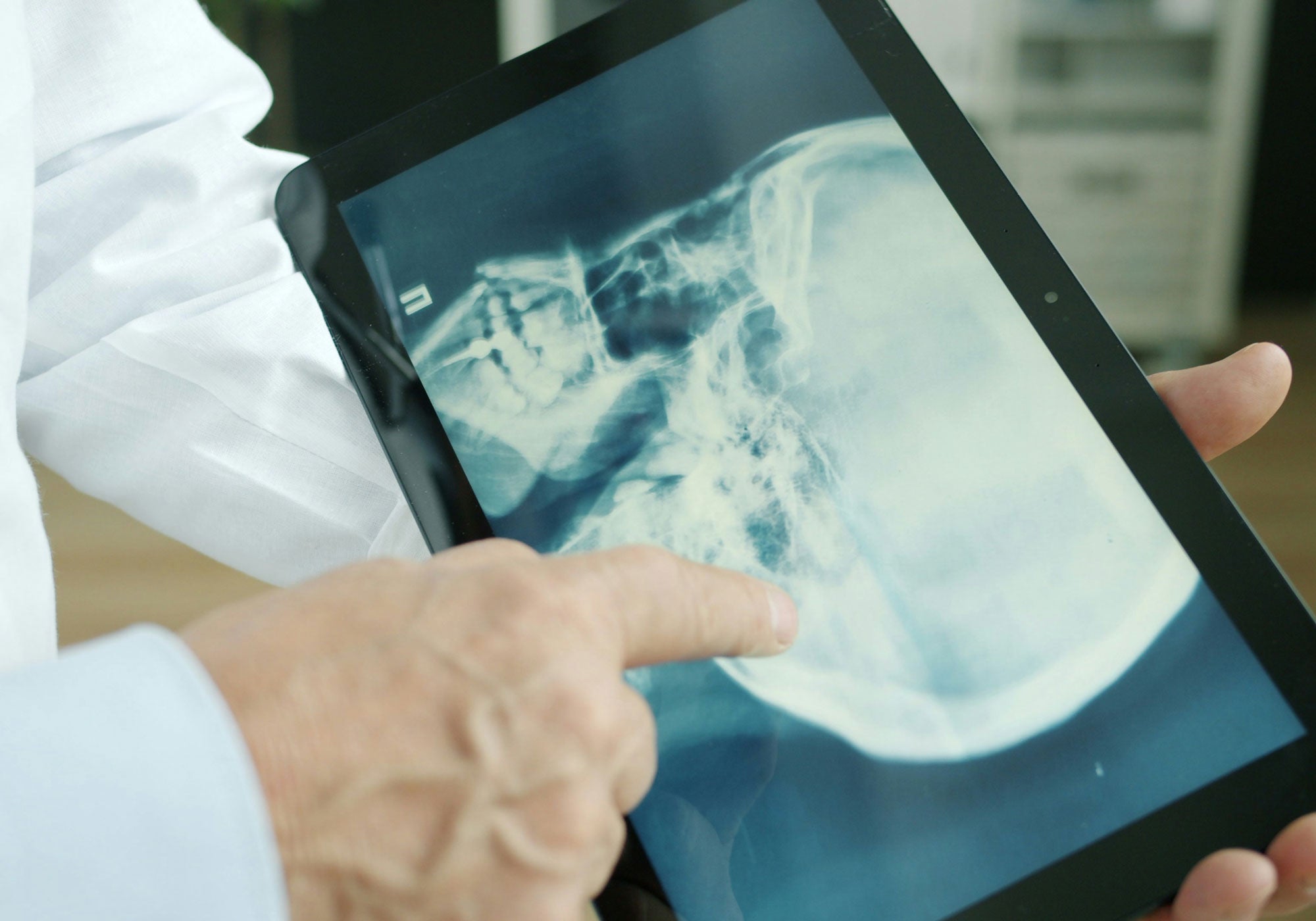
Causes of Foot Drop
Foot drop can result from a variety of causes, often linked to neurological, muscular, or structural issues. Understanding these causes is essential for effective treatment.
Nerve Injury
One of the most common causes of foot drop is injury or compression of the peroneal nerve — a branch of the sciatic nerve that wraps from the back of the knee to the front of the shin. This nerve can be damaged due to knee injuries, fractures, or surgical procedures.
Prolonged Leg Crossing or Squatting
Habitually crossing the legs or remaining in a squatting position for long periods can compress the peroneal nerve, leading to temporary or lasting weakness in the affected foot.
It’s important to remember that foot drop is usually a symptom of a wider condition or injury. Identifying and treating the underlying cause is key to managing foot drop effectively. Medical evaluation and diagnostic tests are essential to determine the specific cause in each individual case.
Neurological Conditions
Several neurological conditions can lead to foot drop, including stroke, multiple sclerosis (MS), cerebral palsy, and Charcot–Marie–Tooth disease. These conditions affect the nerves that control the muscles responsible for lifting the foot.
Muscle or Nerve Disorders
Diseases that affect the muscles or nerves, such as muscular dystrophy or motor neurone disease (MND), can result in foot drop.
Spinal Cord and Brain Disorders Problems within the spinal cord or brain — such as injury, compression, or tumours — can disrupt nerve signals to the muscles of the foot, leading to foot drop.
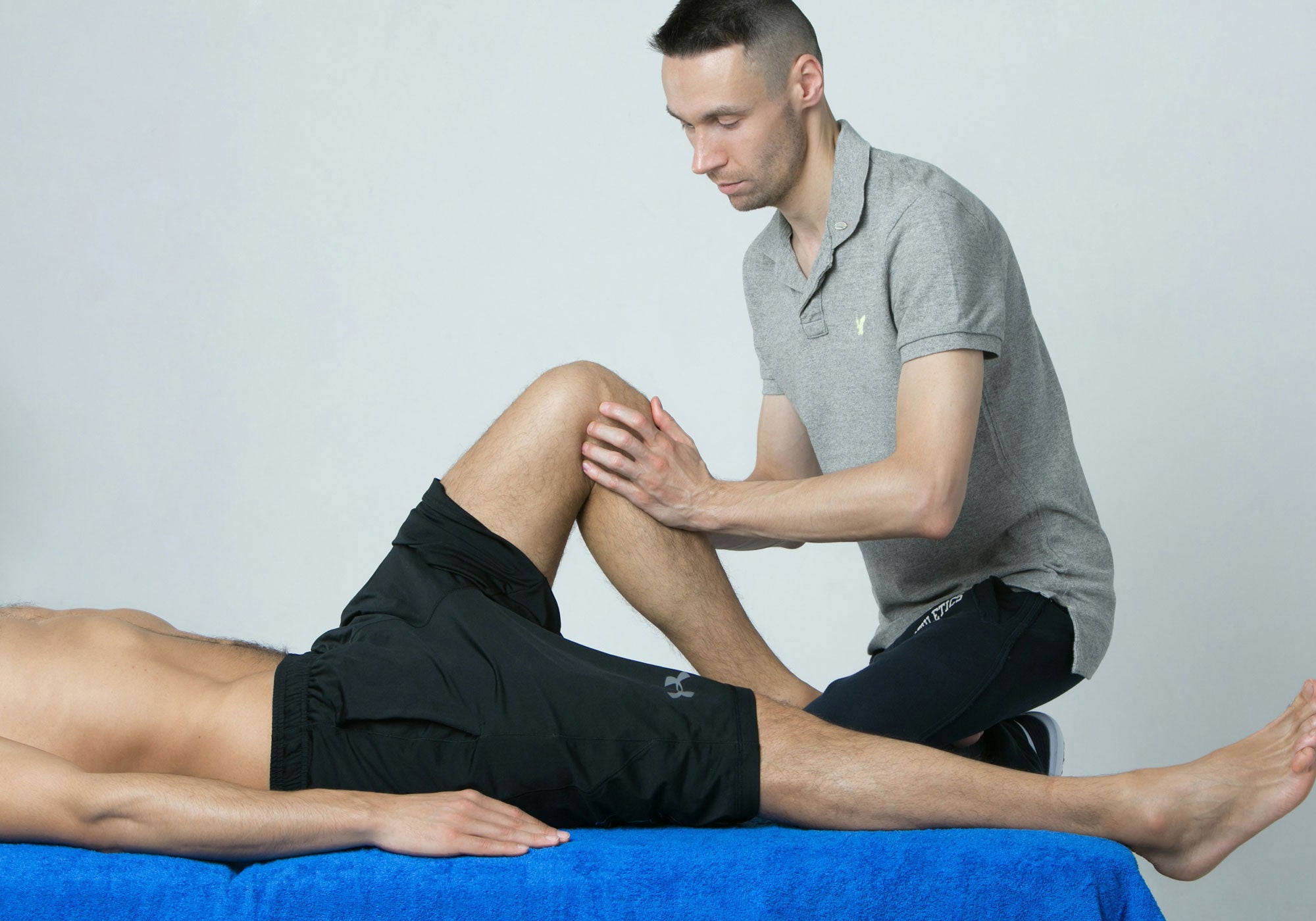
Treatments for Foot Drop
There are a range of treatments for foot drop, all aimed at improving mobility and addressing the underlying cause.
Braces or Orthoses
Ankle–foot orthoses (AFOs) are commonly prescribed to support the foot and ankle. These braces help hold the foot in a neutral position, making walking safer and more efficient.
Physiotherapy
A physiotherapist can teach exercises to strengthen the muscles of the foot and leg. Stretching is particularly important to prevent stiffness in the heel and ankle. Physiotherapy also includes gait training and balance exercises to improve coordination and walking confidence.
Nerve Stimulation
In some cases, electrical nerve stimulation may be recommended. Techniques such as functional electrical stimulation (FES) use mild electrical currents to activate affected muscles, helping to improve movement and muscle tone.
Trainer Modifications
Using adaptive trainers with supportive cushioning and stable soles can make a noticeable difference in comfort and confidence. In certain cases, custom-made orthopaedic trainers may be advised for added support.
Lifestyle Modifications
Making adjustments at home — such as removing tripping hazards and using mobility aids — can improve safety.
Regular Exercise and Stretching
Keeping active helps maintain muscle strength and flexibility, reducing the severity of symptoms and promoting better balance.
Consulting a Foot Health Specialist Seeing a podiatrist or foot health professional can be crucial in managing foot drop effectively. They can assess gait, recommend orthoses, and help guide rehabilitation strategies.
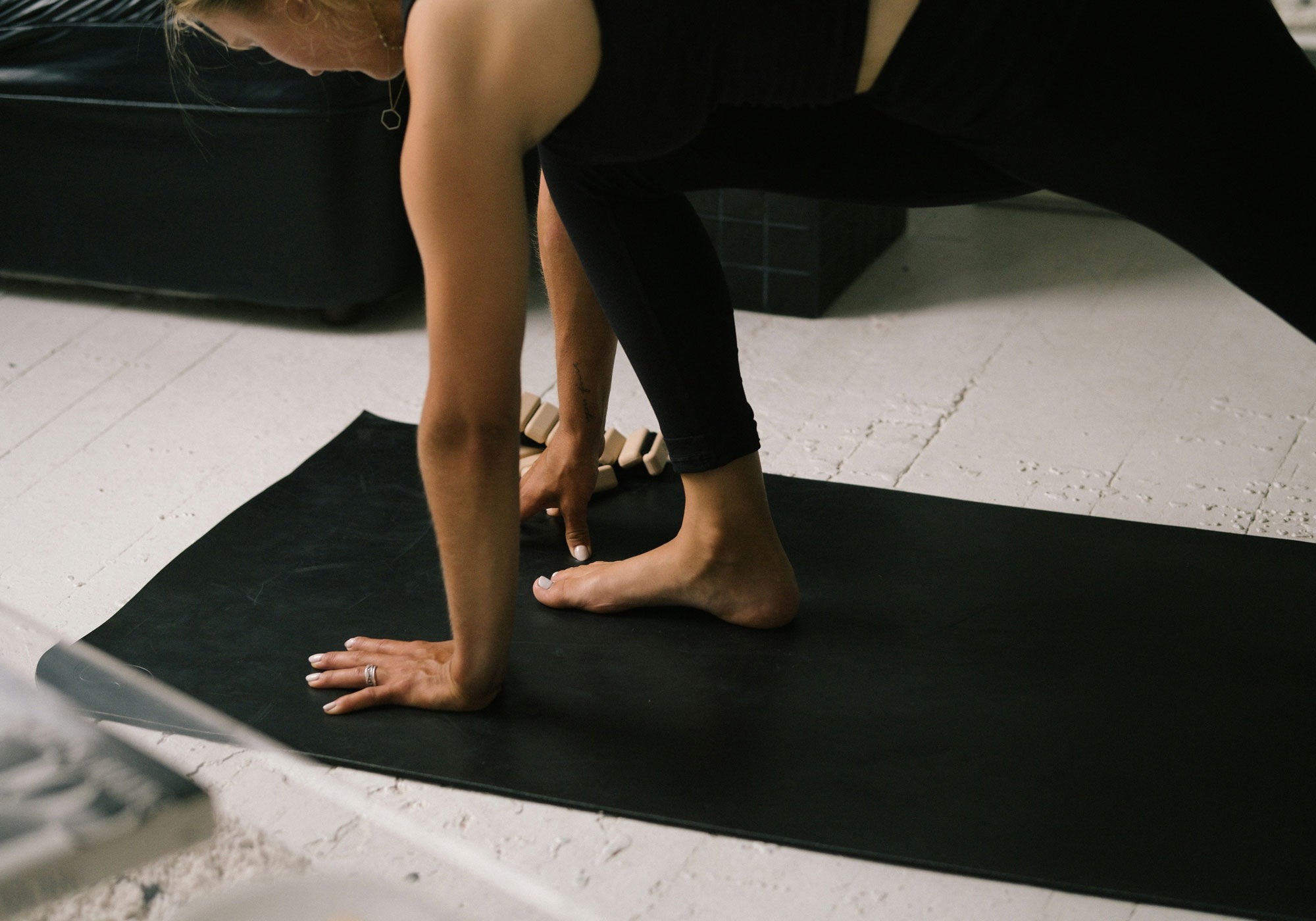
Exercises for Foot Drop
Treatment for foot drop doesn’t stop at therapy — there are several gentle exercises you can do at home to strengthen muscles and improve flexibility.
Ankle Dorsiflexion Exercise
Sit in a chair with your legs stretched out in front of you. Pull your toes up towards you while keeping your knees straight. You should feel the stretch in the back of your leg.
This helps strengthen the muscles that lift the foot.
Toe Taps
While seated or standing, tap your toes rhythmically on the floor — just as if you were tapping along to a song. This simple exercise helps improve foot movement.
Heel Walks
Stand upright, lift your toes off the ground, and walk on your heels. This strengthens the muscles around your ankles and improves balance.
Towel Stretch
Sit on the floor with your legs straight. Loop a towel around the ball of your foot and gently pull towards you, keeping your knee straight. This helps maintain flexibility in the calf muscles.
Marble Pickup
Place several marbles on the floor and use your toes to pick them up and place them in a cup. This helps strengthen toe muscles and improve coordination.
Calf Raises
Stand tall, rise onto your tiptoes, and slowly lower yourself back down. This exercise strengthens the calf muscles, which are important for stabilising your ankles.
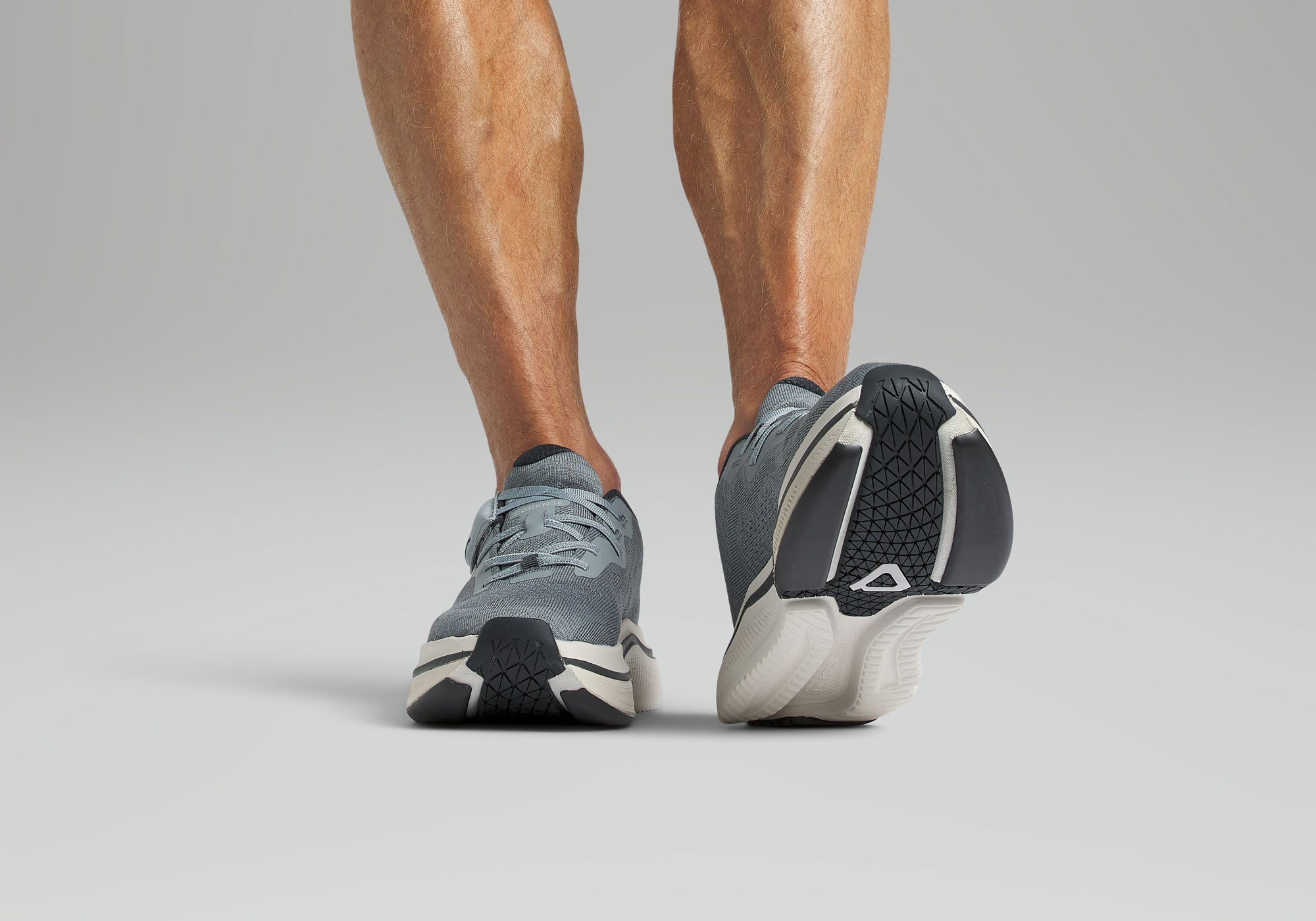
Features of Trainers for Foot Drop
Trainers designed for individuals with foot drop include specialist features that enhance mobility, comfort, and safety.
Ankle Support
Trainers should provide firm ankle support to keep the foot stable and reduce unwanted movement, helping prevent sprains and falls.
Stiff Soles
A slightly stiffer sole can help compensate for weakened dorsiflexion. It prevents the foot from bending too much and supports smoother walking.
Low Heels
A lower heel height puts less strain on the leg muscles and makes walking easier. Avoid heels or uneven soles, which can worsen instability.
Wide Toe Box
A wider toe box gives more space for comfort and swelling, helping prevent pressure points or irritation.
Lightweight Design
Lightweight trainers require less effort to lift, helping to reduce fatigue and improve endurance.
FAQs
Frequently Asked Questions about Foot Drop
Can foot drop lead to other health problems?
Yes, if not managed properly, foot drop can lead to trips and falls, muscle fatigue, and joint pain due to the abnormal walking pattern it creates.
How can I improve walking with foot drop?
Using supportive footwear, engaging in physical therapy, and possibly using orthotic devices can significantly improve walking.
Can exercises help with foot drop?
Yes, specific exercises to strengthen the leg muscles and improve range of motion can be beneficial.
Do I need special trainers for foot drop?
Footwear with certain features like stiff soles, ankle support, and room for orthotics can be very helpful.
Should I see a doctor for foot drop?
Yes, it's important to see a healthcare professional for a proper diagnosis and treatment plan, especially to identify any underlying conditions that may be causing foot drop.
Do supportive trainers help with foot injuries?
Yes, adaptive or supportive trainers can be beneficial for individuals with foot injuries. Support trainers are designed to help guide an injured foot back to full health. They provide a crucial part of the healing process.
Are these the same as orthopedic trainers?
Adaptive trainers and orthopedic trainers share similarities in their design and purpose, but they are not exactly the same. Orthopedic trainers are usually medically prescribed, addressing specific medical conditions like foot deformities, arthritis, and diabetes-related problems.
Medical Disclaimer: This website is not intended for the purpose of providing medical advice. This website’s information, content, and material are for informational purposes only and are not intended to serve as a substitute for the consultation, diagnosis, and/or medical treatment of a qualified physician or healthcare provider. Cadense Inc. may not be held liable for any damages whether incidental, ordinary or consequential. Cadense does not make any guarantee of any particular end result. Cadense makes no claims or guarantees of payment/reimbursement by any insurance companies. Cadense adaptive shoes are intended to provide greater mobility to those with walking difficulties.

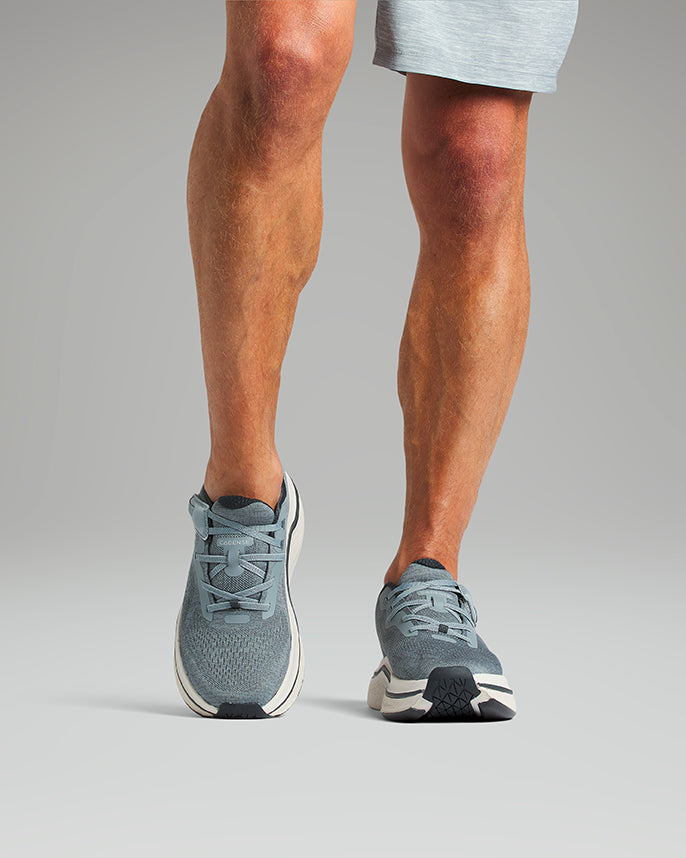
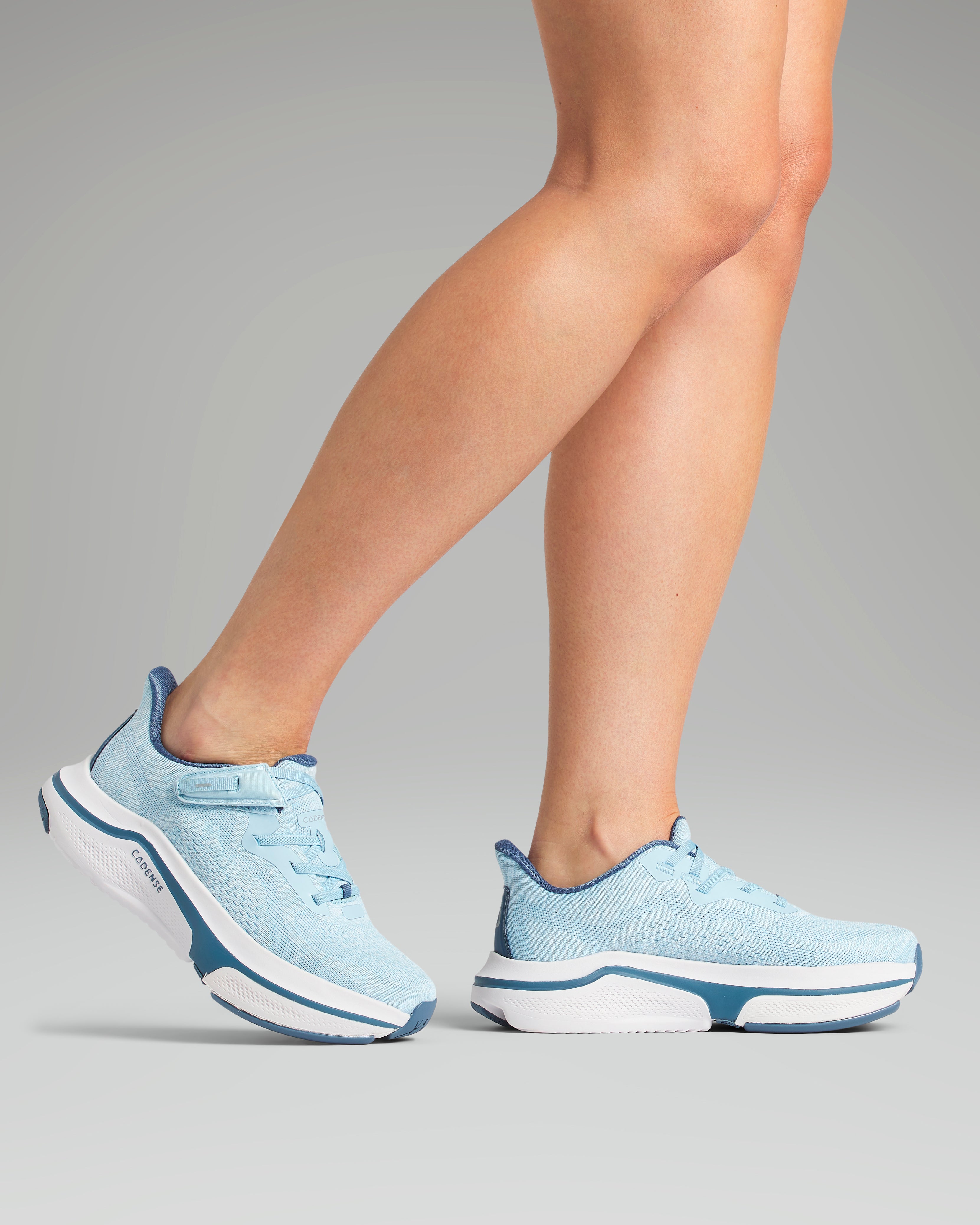
![[color: all black] Original Women's Adaptive Shoe](http://cadense.co.uk/cdn/shop/files/Womens-ABK-T1-LG.jpg?v=1765556547&width=800)
![[color: white] Original Women's Adaptive Shoe](http://cadense.co.uk/cdn/shop/files/Womens-WHT-T1-LG.jpg?v=1765557438&width=800)
![[color: light blue] Original Women's Adaptive Shoe](http://cadense.co.uk/cdn/shop/files/Womens-BLU-T1-LG.jpg?v=1765557194&width=800)
![[color: black] Original Women's Adaptive Shoe](http://cadense.co.uk/cdn/shop/files/Womens-BLK-T1-LG.jpg?v=1765556963&width=800)
![[color: slate] Original Men's Adaptive Shoe](http://cadense.co.uk/cdn/shop/files/Mens-SLT-T1-LG.jpg?v=1765558368&width=800)
![[color: black] Original Men's Adaptive Shoe](http://cadense.co.uk/cdn/shop/files/Mens-BLK-T1-LG.jpg?v=1765557830&width=800)
![[color: all black] Original Men's Adaptive Shoe](http://cadense.co.uk/cdn/shop/files/Mens-ABK-T1-LG.jpg?v=1765557575&width=800)
